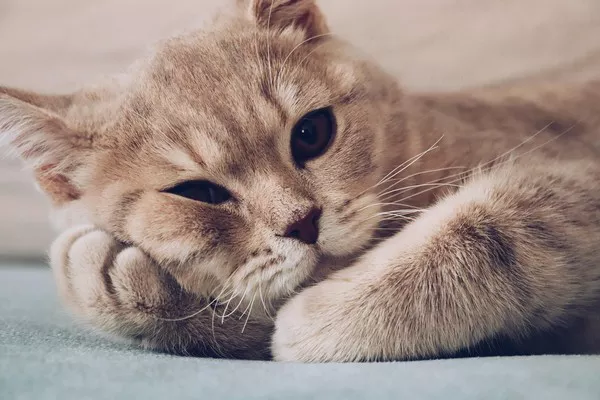Is a Tibetan Mastiff stronger than a wolf? This question encapsulates the curiosity surrounding the power dynamics between domesticated breeds and their wild counterparts. Both the Tibetan Mastiff and the wolf belong to the Canidae family, yet their environments, evolution, and purpose in human lives have led to distinct differences. In this comprehensive exploration, we delve into the anatomical, behavioral, and historical aspects of these formidable canines to determine if the sheer strength of a Tibetan Mastiff can outmatch that of a wolf.
I. Anatomy and Physiology:
To assess the strength of a Tibetan Mastiff in comparison to a wolf, it is imperative to examine their anatomical and physiological characteristics. Wolves, as wild predators, are built for survival in the wilderness. Their robust bodies, powerful jaws, and muscular limbs are finely tuned for hunting and navigating their natural habitat. On the other hand, Tibetan Mastiffs, bred for guarding livestock in the Himalayas, possess strength derived from centuries of selective breeding, emphasizing traits like size and endurance. Comparing their physical attributes provides crucial insights into their relative strengths.
II. Size Matters:
One key factor influencing strength is the size of the animals in question. Wolves, particularly the gray wolf, vary in size depending on their subspecies, with an average weight ranging from 70 to 130 pounds. Tibetan Mastiffs, bred for their imposing stature, can weigh anywhere from 90 to 150 pounds. While the Mastiff may have a size advantage, it’s essential to consider whether sheer bulk translates to greater strength in a confrontation.
See Also:Why Are Tibetan Mastiffs So Big?
III. Bite Force Comparison:
The strength of a canine’s bite is a telling indicator of its power. Wolves possess an impressive bite force, adapted for subduing prey in the wild. Studies estimate the bite force of a wolf to be around 1,500 pounds per square inch (psi). Tibetan Mastiffs, renowned for their guarding abilities, also boast a formidable bite force. However, the exact psi can vary among individuals and is generally considered to be in the range of 500 to 700 psi. Analyzing this aspect sheds light on the nuances of their strength capabilities.
IV. Adaptations for Survival:
Wolves, as wild predators, have evolved over millennia to survive and thrive in diverse ecosystems. Their agility, endurance, and cooperative hunting strategies contribute to their overall strength. Tibetan Mastiffs, originally bred to guard livestock in the harsh Himalayan terrain, exhibit strength in a different context – protecting and maintaining a territorial perimeter. Examining their evolutionary adaptations offers valuable insights into their respective strengths.
V. Behavioral Aspects:
Strength isn’t solely determined by physical attributes; behavior plays a pivotal role. Wolves, with their pack mentality and cooperative hunting strategies, can exhibit remarkable strength through teamwork. In contrast, Tibetan Mastiffs, known for their independence and territorial nature, may rely on their individual strength to confront threats. Understanding the behavioral nuances provides a holistic view of their potential prowess.
VI. Domestication and Selective Breeding:
The domestication of Tibetan Mastiffs for specific purposes, such as guarding and companionship, has led to distinctive traits that may differ from those of their wild ancestors. Wolves, remaining closer to their natural state, retain the primal attributes crucial for survival in the wild. Exploring the impact of domestication and selective breeding on strength is essential for a comprehensive comparison.
VII. Environmental Factors:
The environments in which Tibetan Mastiffs and wolves thrive are vastly different. Wolves navigate the challenges of the wild, relying on their strength to hunt, establish territories, and protect their packs. Tibetan Mastiffs, in contrast, adapt to the demands of human settlements and the responsibilities of guarding livestock. Evaluating their strengths within these distinct environments contributes to a nuanced understanding of their capabilities.
VIII. Historical Significance:
The historical roles of Tibetan Mastiffs and wolves in human societies further shape perceptions of their strength. Wolves, often depicted as symbols of wilderness and freedom, have held a significant place in various cultures. Tibetan Mastiffs, revered for their guarding abilities, are deeply ingrained in the history of the Himalayan regions. Examining their historical significance provides a cultural context for evaluating their strengths.
IX. Strength in Different Contexts:
The strength of a Tibetan Mastiff and a wolf may manifest in various ways depending on the context. While wolves rely on their physical prowess for survival in the wild, Tibetan Mastiffs draw strength from their protective instincts within human settlements. Understanding these context-dependent strengths is crucial for a fair comparison.
X. Conclusion:
In the quest to determine whether a Tibetan Mastiff is stronger than a wolf, it becomes evident that strength is a multifaceted concept. The comparison involves considering size, bite force, adaptations, behavior, domestication, environment, and historical roles. Each factor contributes to a complex interplay of strengths that are context-specific. While a Tibetan Mastiff may possess physical advantages in certain areas, wolves exhibit strength derived from their evolutionary history and cooperative behaviors. Ultimately, the answer to this intriguing question lies in recognizing and appreciating the diverse strengths of these remarkable canines within their respective domains.
Related Topics:
Are Tibetan Mastiffs Friendly?
Are Tibetan Mastiffs legal in the US?
How Much Does a Tibetan Mastiff Weigh?























